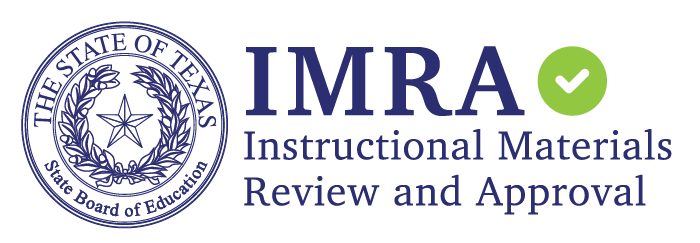Explore Reports by Subject
 English Language Arts & Reading (ELAR)
English Language Arts & Reading (ELAR)
 Spanish Language Arts & Reading (SLAR)
Spanish Language Arts & Reading (SLAR)
 Phonics
Phonics
 Mathematics
Mathematics
